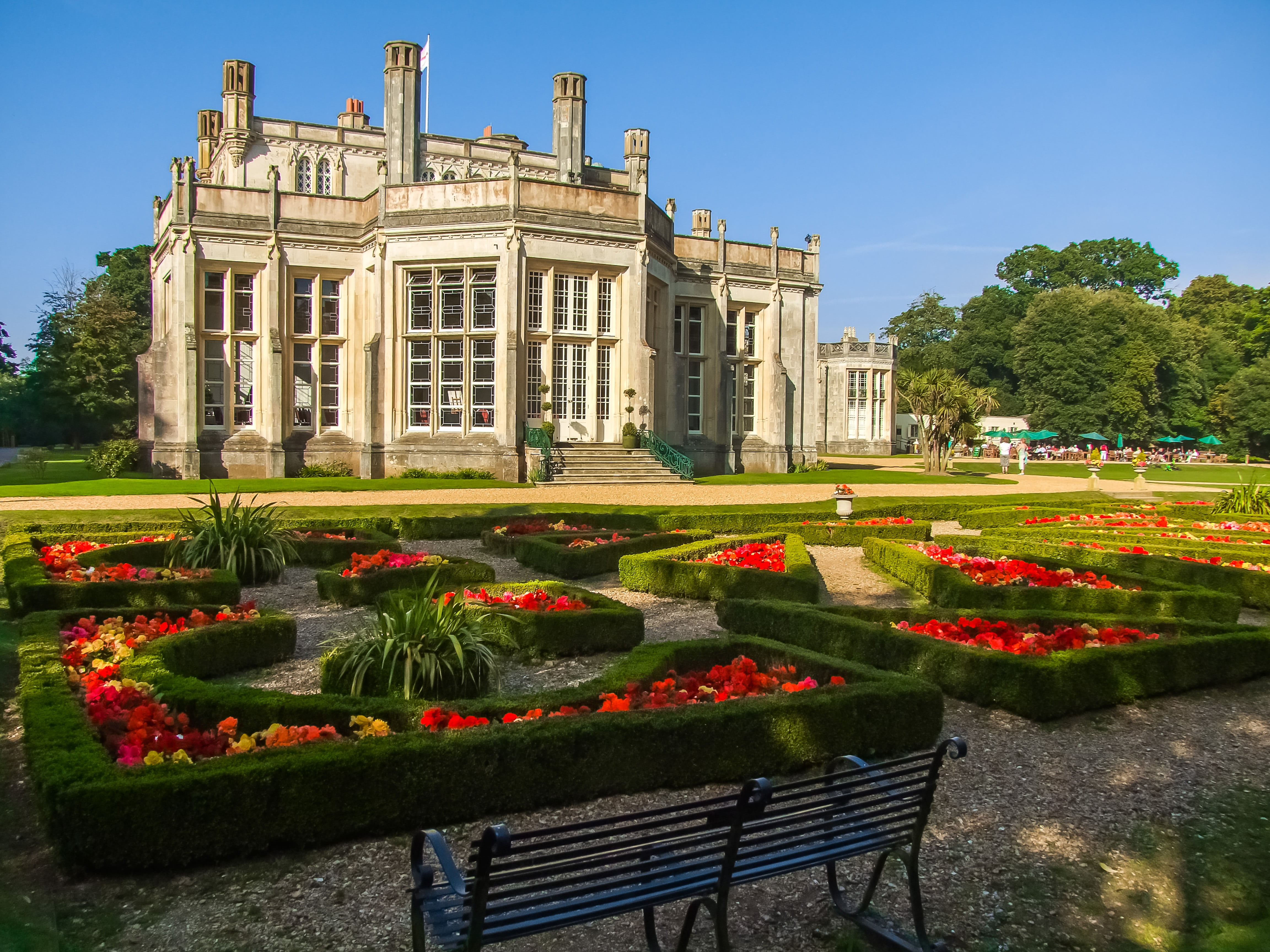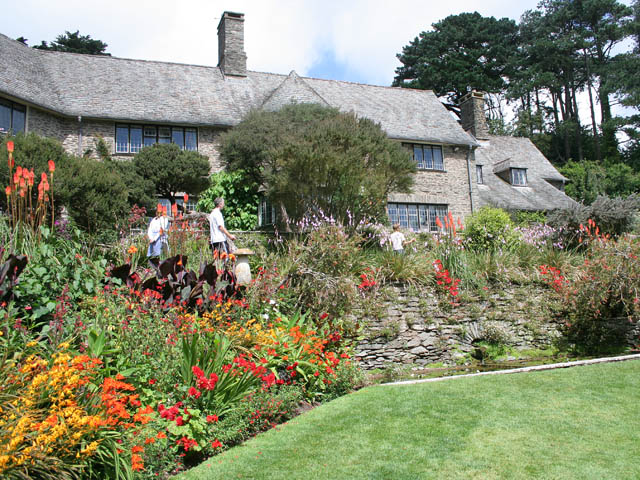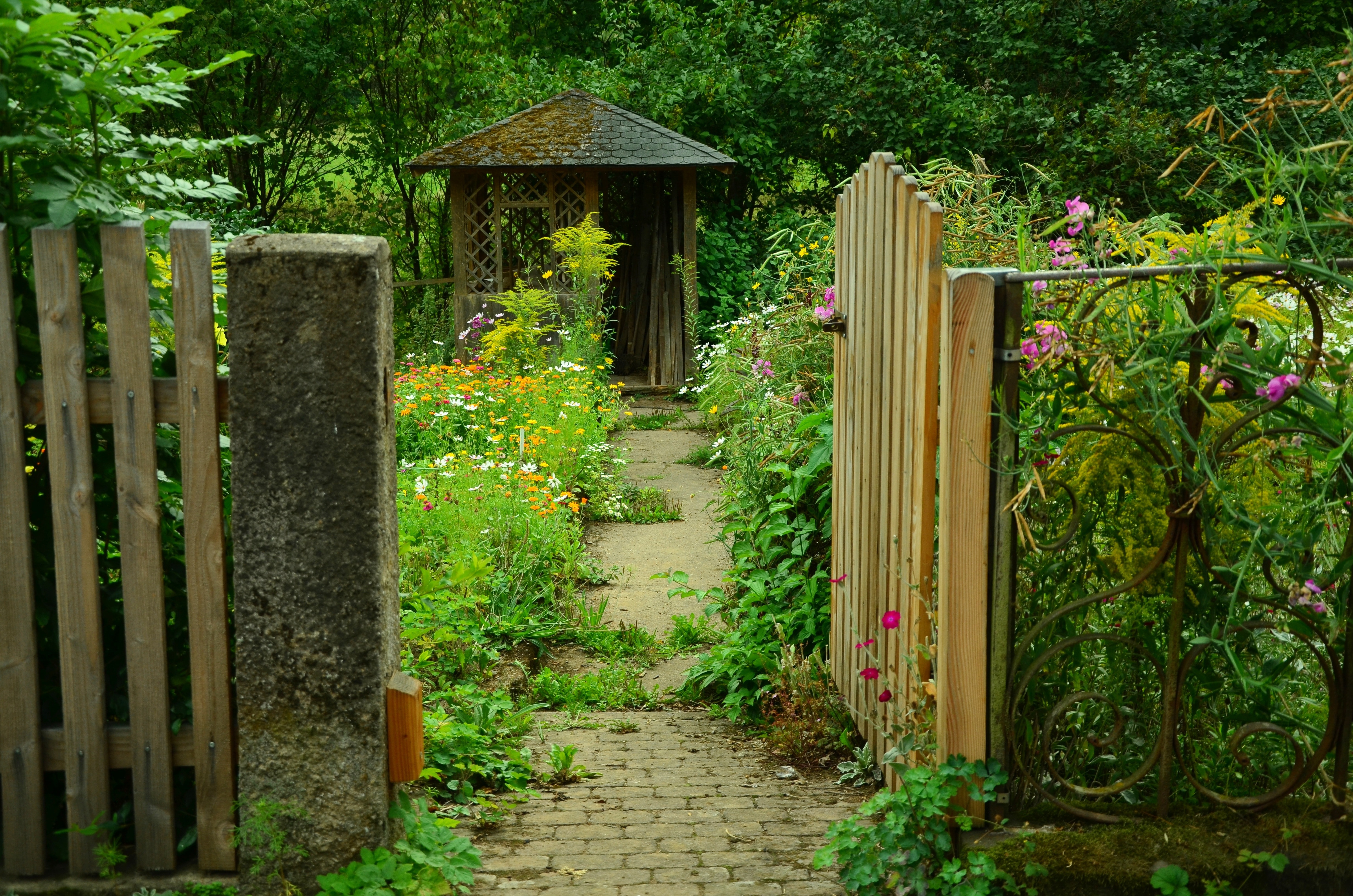By Sandra Nelson
Although it was never called by name, in retrospect I realize that my grandmother’s wild and free style of gardening that I talked about last week — her rambunctious garden — was her personal version of what we would call an English cottage garden.
Cottage gardens can be traced back to the 1400s, the Tudor period. English cottage dwellers, typically desperately poor peasants living in the countryside, carpeted small plots of land with all of the vegetables, fruits and herbs they needed to survive. Flowers and beehives, primarily meant to attract and hold pollinators, were interspersed throughout.
As years passed, cottage style gardens evolved from the small sustenance plots of the poor to larger, more formal gardens that balanced flowers with vegetables. By the mid 1800s, cottage gardens became known as garden rooms and were considered to be an essential element of estate gardens for the rich and burgeoning middle class. They were often enclosed by boxwood hedges, and were planted with masses of greenhouse grown annuals, fragrant roses and exotic plants. They were beautiful, but no longer reflected their original purpose.
By the mid 1800s, cottage gardens became known as garden rooms and were considered to be an essential element of estate gardens for the rich and burgeoning middle class. They were often enclosed by boxwood hedges, and were planted with masses of greenhouse grown annuals, fragrant roses and exotic plants. They were beautiful, but no longer reflected their original purpose.  By the late 19th century, the Arts and Crafts movement, with its emphasis on simplicity and connections to nature, took hold in Europe and the United States and true cottage gardens with their riotous spills of color and mesmerizing fragrances began to reappear.
By the late 19th century, the Arts and Crafts movement, with its emphasis on simplicity and connections to nature, took hold in Europe and the United States and true cottage gardens with their riotous spills of color and mesmerizing fragrances began to reappear.
Today, versions of English cottage gardens are emerging in every region across the country. They not only fit well into both the lifestyles and the environmental concerns of today’s gardeners, but they also add an element of timelessness to the landscape.  In our fast-moving society, an English cottage garden becomes a place to step back, take a deep breath and savor the moment.
In our fast-moving society, an English cottage garden becomes a place to step back, take a deep breath and savor the moment.
While the hallmark of traditional cottage gardens is a sense of charming randomness, there are a few simple design techniques to follow that help to create the atmosphere and to unify the landscape.
Create a sense of enclosure
Originally, barriers were needed to keep roaming livestock from destroying food crops. Today, a surround helps give visual definition to the garden. Using shorter picket fences, low hedges or walls to delineate the space emphasizes the character of the garden.
Plan pathways
When cottage gardens originated, pathways were strictly functional. Today’s walkways are designed to give added dimension to the garden. Curving pathways not only invite visitors to leisurely explore the space, they also add a sense of romance and mystery. Keep pathways in proportion to the total area of the garden and select natural materials (like brick, stone, mulch or dirt) that complement the surroundings. A narrow pathway suggests privacy while a broad path invites company.
Eliminate lawn area and use deep borders that spill over pathways
Since the main purpose of a Tudor cottage garden was to provide enough food to sustain a family, every square inch of the plot was well utilized. In keeping with that philosophy, today’s cottage garden focuses on planting areas rather than expanses of grass. Generous borders with plants billowing over the edges line each walkway. Plant fragrant herbs and flowers along the path at ground level. As their leaves are brushed by walkers, their heady scents will fill the air.
Combine a variety of types of plant material
Cottage gardens of the past were bursting with a variety of familiar plants that were reliable for the area. With today’s environmental challenges, choosing appropriate plants is just as important for a successful garden. Designers advise using a combination of perennials, self-seeding annuals and biennials for a garden that will continue to surprise and delight season after season. Including heirloom varieties and species native to the area will help draw beneficial insects to the garden.
Use repetition
Although cottage gardens were, and are, designed to be tightly planted with a large variety and number of plants, a few thoughtful techniques can keep today’s cottage garden from becoming a chaotic jumble. Plant in clumps rather than individually to create a strong massed effect. Then, establish a sense of unity throughout the garden by repeating the same grouping and by repeating colors, forms and textures.
Include structural elements
Fruit trees and vine-covered arbors were an integral part of the original cottage gardens. Today, structural elements are used to give depth and interest to the design as they force the eye to travel upward, away from the level viewing field. The weeping branches of ornamental trees, gracefully arching shrubs, and swaying grasses suggest almost lyrical movement, while arbors and trellis imply stability.
Make it your own
Each early English cottage garden reflected the unique needs of its owners; no two were exactly alike. Today’s gardens, while still keeping their connections to the past, should reveal the personality of their owners. Rather than adhering to generic rules, choose what pleases you. Incorporate your favorite colors (even if experts say they don’t “go together”), plants that you love, or whimsical items that make you smile or hold special meaning for you.
Ironically, our stress-filled world needs more rambunctious gardens to explore, places to experience something new and unexpected every day. Perhaps it’s time to throw landscaping convention in the wind, find a sunny corner and plant your own rambunctious garden, your version of an English cottage garden.












